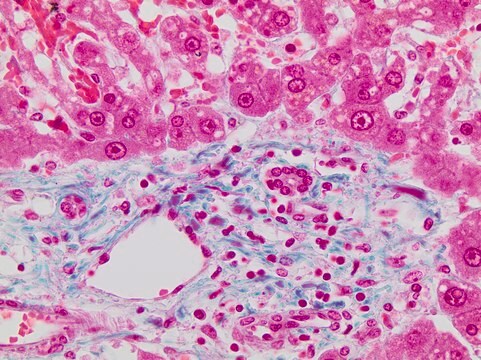P4869
Acide phosphomolybdique solution
spray reagent, 10% in ethanol
Synonyme(s) :
Molybdophosphoric acid
About This Item
Produits recommandés
Niveau de qualité
Pertinence de la réaction
reagent type: oxidant
Conditionnement
pkg of 100 mL
Concentration
10% in ethanol
Température de stockage
2-8°C
Chaîne SMILES
O=[Mo](=O)=O.O=[Mo](=O)=O.O=[Mo](=O)=O.O=[Mo](=O)=O.O=[Mo](=O)=O.O=[Mo](=O)=O.O=[Mo](=O)=O.O=[Mo](=O)=O.O=[Mo](=O)=O.O=[Mo](=O)=O.O=[Mo](=O)=O.O=[Mo](=O)=O.OP(O)(O)=O
InChI
1S/12Mo.H3O4P.36O/c;;;;;;;;;;;;1-5(2,3)4;;;;;;;;;;;;;;;;;;;;;;;;;;;;;;;;;;;;/h;;;;;;;;;;;;(H3,1,2,3,4);;;;;;;;;;;;;;;;;;;;;;;;;;;;;;;;;;;;
Clé InChI
DHRLEVQXOMLTIM-UHFFFAOYSA-N
Application
Autres remarques
Mention d'avertissement
Danger
Mentions de danger
Conseils de prudence
Classification des risques
Eye Dam. 1 - Flam. Liq. 2 - Ox. Liq. 3 - Skin Corr. 1B
Code de la classe de stockage
5.1B - Oxidizing hazardous materials
Classe de danger pour l'eau (WGK)
WGK 3
Point d'éclair (°F)
55.0 °F - closed cup
Point d'éclair (°C)
12.8 °C - closed cup
Équipement de protection individuelle
Faceshields, Gloves, Goggles, type ABEK (EN14387) respirator filter
Certificats d'analyse (COA)
Recherchez un Certificats d'analyse (COA) en saisissant le numéro de lot du produit. Les numéros de lot figurent sur l'étiquette du produit après les mots "Lot" ou "Batch".
Déjà en possession de ce produit ?
Retrouvez la documentation relative aux produits que vous avez récemment achetés dans la Bibliothèque de documents.
Les clients ont également consulté
Notre équipe de scientifiques dispose d'une expérience dans tous les secteurs de la recherche, notamment en sciences de la vie, science des matériaux, synthèse chimique, chromatographie, analyse et dans de nombreux autres domaines..
Contacter notre Service technique












